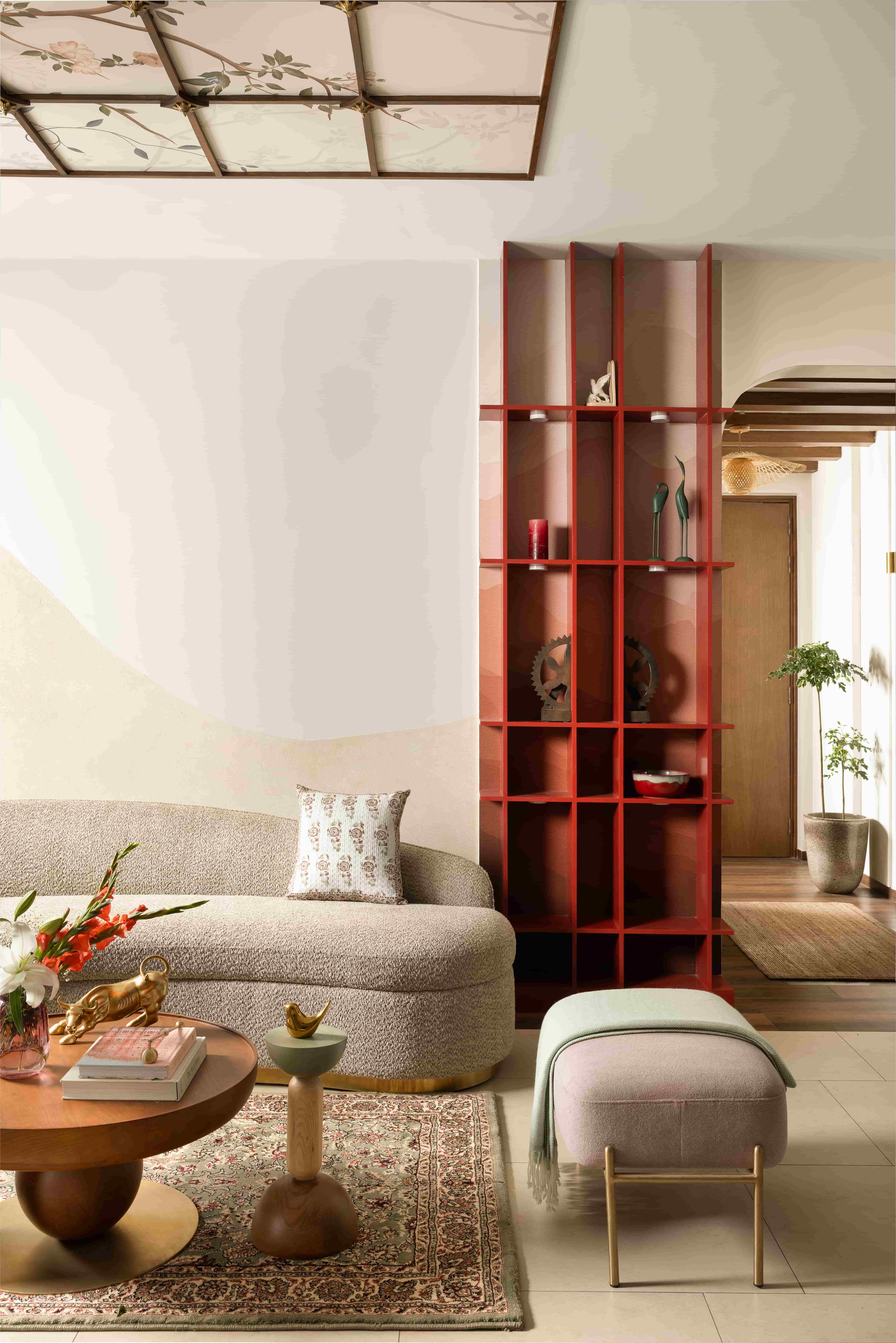Introduction
Planning a home interior project is exciting, but without a clear budget it can quickly become overwhelming. Making wise decisions, staying organised, and avoiding needless spending are all made easier with budget preparation. In India, where flat sizes differ and prices vary greatly between locations, this is particularly crucial.
Working with skilled flat interior designers in cities like Bangalore guarantees that your money is spent sensibly. They assist in setting priorities, offer workable alternatives, and direct you towards a design that strikes a balance between affordability, comfort, and style.
Tips for Budget Interior Design
1. Set a Realistic Total Budget First
Establish a clear overall budget before selecting materials or furniture. Interior costs for apartments in Bangalore typically fall into three major categories. Basic finishes meet basic requirements, mid-finish interiors provide superior materials and modular systems, and premium interiors provide fine finishes, personalised carpentry, and elegant details.
After determining your range, divide the budget into manageable percentages. Set aside money for essential elements like carpentry, flooring, furniture, lighting, and décor. This keeps you concentrated and keeps you from overpaying in one area.
2. Where to Spend: High Impact Areas That Add Value
Certain regions should receive a larger portion of your cash since they affect both long-term durability and daily comfort.
Invest in high-quality flooring because it will be used frequently. Another wise investment is built-in storage, which enhances organisation and conserves space, particularly in apartments. Selecting high-quality lighting fixtures guarantees a cosy and welcoming home because lighting has a significant impact on both mood and functionality.
In areas with heavy traffic, such as the living room, kitchen, and foyer, use sturdy materials. The likelihood of early reworks and unforeseen repairs is decreased by robust shutters, high-quality hardware, and tough surfaces.
3. Where to Save: Smart Cuts That Do Not Compromise Look
Affordable house design doesn't have to mean sacrificing style. Simple adjustments can reduce expenses without compromising a beautiful appearance.
Choose inexpensive décor pieces such as plants, lamps, artwork, and cushions. Repurpose or upcycle existing furniture by adding new fabric or varnish. Select inexpensive paints over expensive wall coverings.
High-end wallpaper and elaborate false ceilings are examples of upgrades that can wait. This allows you to maintain financial control without sacrificing overall design.
4. Furniture and Fit outs: Balance between Custom and Modular
Balance is essential because a large amount of the interior budget goes into furniture.
Because they maximise space and provide a seamless finish, custom built-ins are perfect for kitchens, study spaces, and wardrobes. Custom work, however, costs more and takes more time.
Modular furniture is affordable, simple to install, and adaptable enough to fit a variety of flat designs. Modular systems are a wise and cost-effective option for things like TV sets, side tables, beds, and shelving.
5. Finishes, Materials and Colour Strategy
A combination of visible and concealed elements are used in every home. Invest in high-end finishes where they are most noticeable, including living room panels, kitchen countertops, and external wardrobe shutters. Spend less on covert components like the undersides of worktops and the back panels of wardrobes.
Select classic hues and materials that hold up throughout time. Classic colours help keep the house aesthetically pleasing for many years and are more durable than trendy options. As a result, your design will last longer and require fewer changes in the future.
6. Labour, Timeline and Project Management
High-quality interiors require skilled labour and adequate supervision. Set aside a portion of your budget for skilled installers, electricians, and carpenters. A skilled crew minimises waste and guarantees precise completion.
Work that is hurried or delayed frequently results in additional costs. For this reason, engaging reputable Bangalore flat interior designers can have a significant impact. They manage tasks, organise teams, and reduce hidden expenses brought on by delays.
7. Contingency and Lifetime Maintenance Planning
A contingency reserve is necessary for any interior project. Set aside about ten to fifteen percent of your total budget for unexpected site issues, material price changes or minor design modifications.
Include long-term maintenance costs as well, such as repainting, maintaining kitchen appliances, or replacing upholstery. Making plans for these guarantees that your house will remain well-maintained without unexpected financial hardship.
Key Takeaways: Smart Budget Framework for Interiors
Here is a quick recap to help you plan your budget wisely
• Begin with a realistic overall budget and divide it into clear categories
• Invest in flooring, built in storage and lighting for long term value
• Make smart savings by choosing cost effective decor and delaying non essential upgrades
• Mix custom and modular furniture to balance function and cost
• Use quality finishes where visible and save on hidden areas
• Plan for skilled labour and maintain a flexible timeline
• Keep a contingency fund and think about long term maintenance
With mindful planning, you can create beautiful and functional interiors without overspending. Partnering with expert apartment interior designers in Bangalore helps align your vision with a realistic and efficient budget.
FAQs
How much should I budget for interior design in an apartment?
Budgets vary based on size and material choices. In most Bangalore apartments, basic interiors start at modest pricing while mid finish and premium interiors cost more depending on the level of customisation.
What are the best areas to save on without compromising style?
Save on decor pieces, wall paints, modular furniture and hidden finishes. Reuse furniture and avoid non essential elements until later.
Should I hire an interior designer or manage on my own for budget interiors?
Hiring a designer helps prevent costly mistakes, ensures quality workmanship and offers better space planning. It often saves money in the long run.
What unexpected costs should I plan for in a home interior project?
Plan for contingencies such as material price changes, site issues, additional carpentry requirements or minor layout adjustments.




